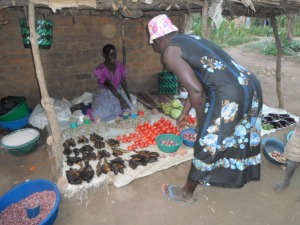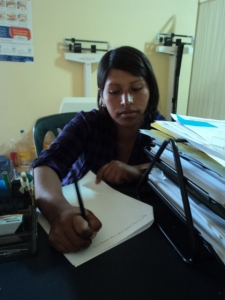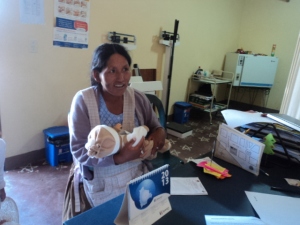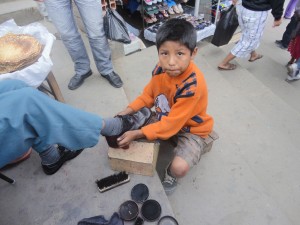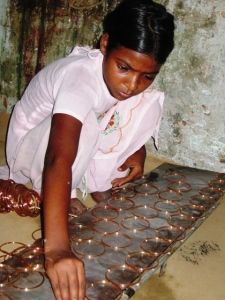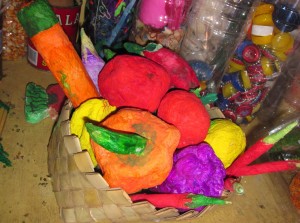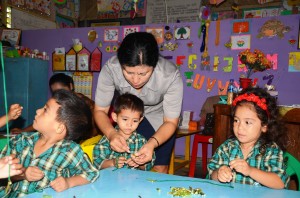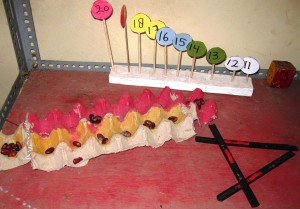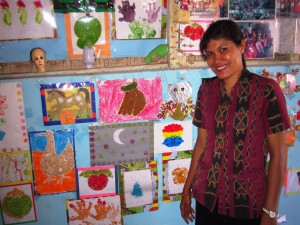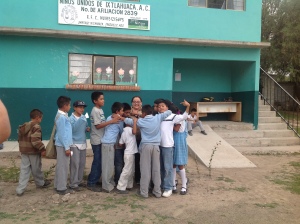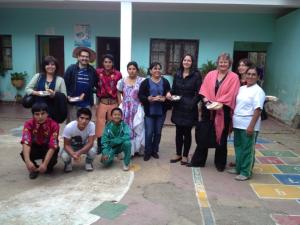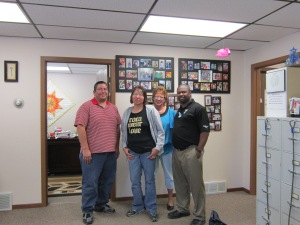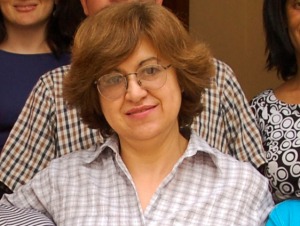By Nicole Duciaume, Regional Sponsorship Coordinator, ChildFund Americas
In the Americas region, four of ChildFund’s sponsor relations managers visited other countries for a week to observe firsthand what their counterparts do. This is the second of four posts about the exchange program. Read the series.
We asked Cynthie Tavernier-Jervier, sponsor relations manager for ChildFund Caribbean, to share some stories about her exchange experience in Guatemala: what she hoped to learn beforehand, what she encountered during the exchange, and which practices she wants to implement in her own office.
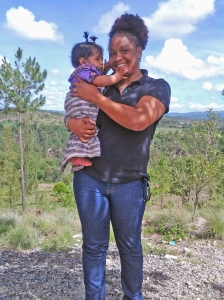
Cynthie spent time in the field, meeting children we serve in Guatemala.
Before the exchange, Cynthie was excited about the opportunity but also concerned that she might not be able to apply many lessons at her home office, which works with children in Dominica and St. Vincent. ChildFund Caribbean has about 6,500 enrolled children spread across the two islands, whereas ChildFund Guatemala is almost three times the size, with 18,500 enrolled children.
“I expect to be dazzled and overwhelmed because of the size of the office that is hosting my visit,” Cynthie said before the trip. “I am most concerned that due to the size of my office, I will not have anything to contribute to that large office.”
But on arrival, she learned that every ChildFund office, regardless of size, language or culture, has something to share and also something to learn. Cynthie noted later that it was important “not to be intimidated since difficulties and sometimes even frustrations can be encountered by all, and solutions suiting those situations can be found and successfully applied — sometimes even done as a team.”
Cynthie spent a few days in the national office in Guatemala City, as well as two days in the field, visiting local partner organizations that work with ChildFund and, of course, interacting with the children we serve.
Along the way, Cynthie and her hosts discussed processes like sponsorship department structure and roles, orienting families to ChildFund’s programs, child enrollment, children’s letters to sponsors, communication methods, handling of monetary gifts from sponsor to child, youth communication teams and the integration of sponsorship and program activities.
In return, Cynthie gave a presentation to the entire Guatemala senior management team (including the national director and the leaders of programs, sponsorship, finance and human resources) about operations, processes and programs in ChildFund’s Caribbean office in Roseau, Dominica.
What was the most important thing Cynthie learned? Providing more child-friendly resources to the local partners to share with children as they write to their sponsors, she says, after observing how these tools make letter writing more engaging.
So, the first thing Cynthie wants to do upon her return to the Caribbean is “make the correspondence fun and colorful, friendly and easier for children, so as not to make it a chore.”
As for the unexpected, Cynthie says she was surprised to learn that in Guatemala many of the programs and daily activities in the communities are carried out in indigenous languages, not Spanish.
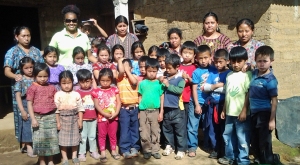
During the exchange, Cynthie learned that many programs are conducted in indigenous languages.
In the field, there are many different languages spoken by the indigenous people, and some don’t speak Spanish, she says. “Some of the people wear specific cultural dress and no other, unlike in my country, where the cultural dress is worn only during certain months (or during traditional activities).
I was also surprised that children of about four or five years were working in the fields on a weekday, especially since school was in session.” So she spent time discussing how Guatemala is seeking to address child labor issues.
The exchange visit to Guatemala resulted in several professional and personal gains, Cynthie says. “Basically, this week makes me want to continue to make the sponsor relations position more and more effective.”
Tomorrow: From Ecuador to South Dakota.


